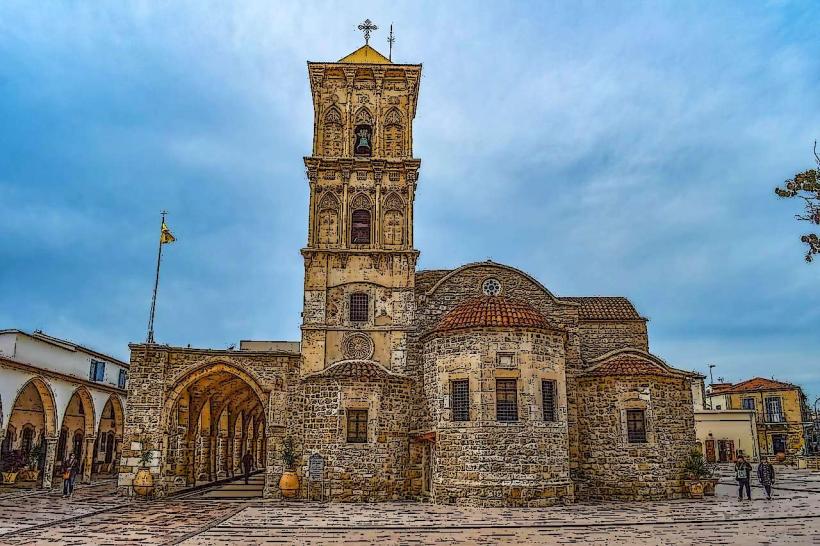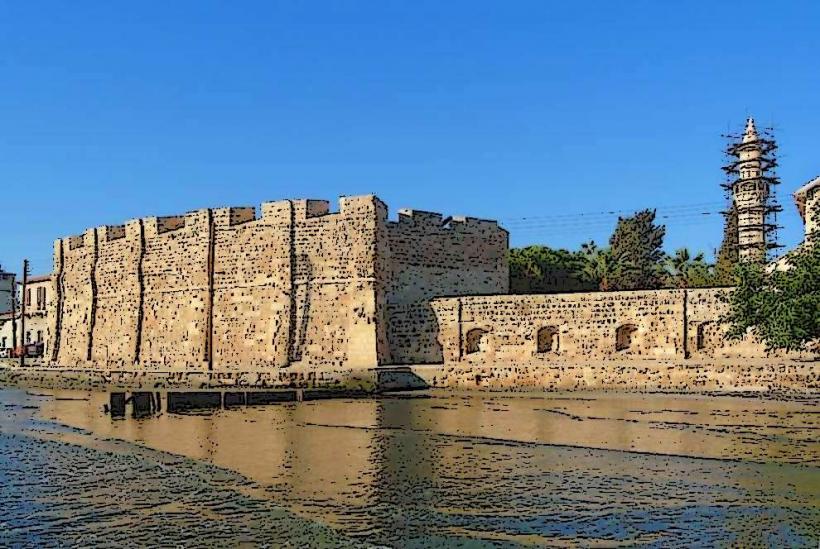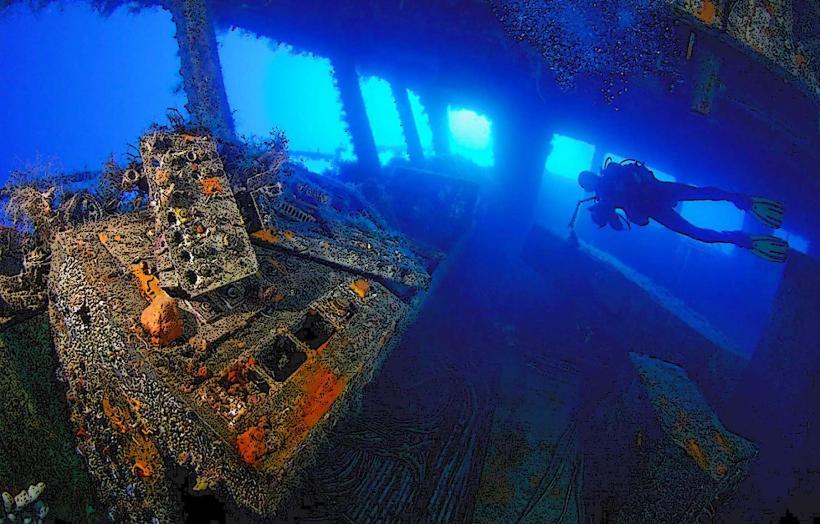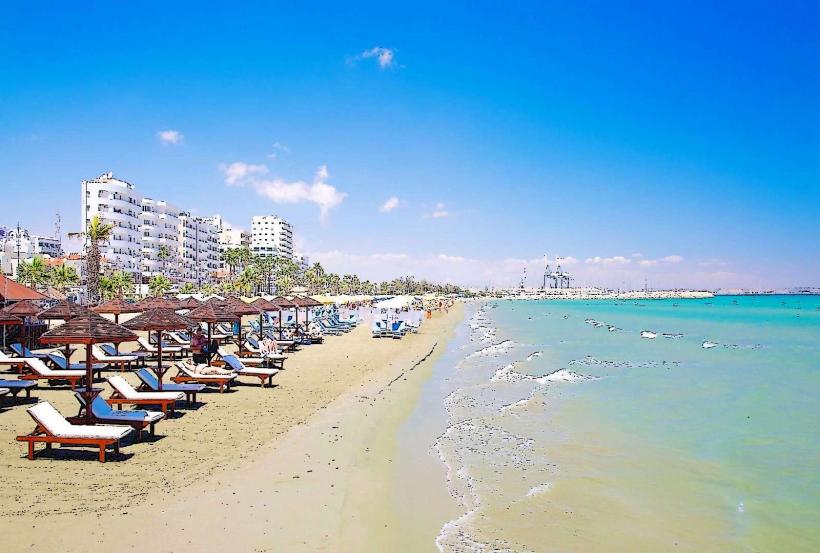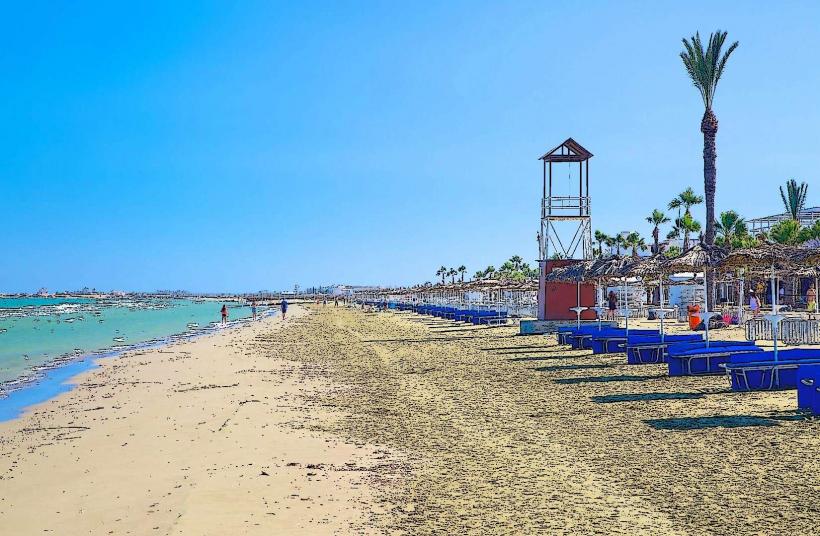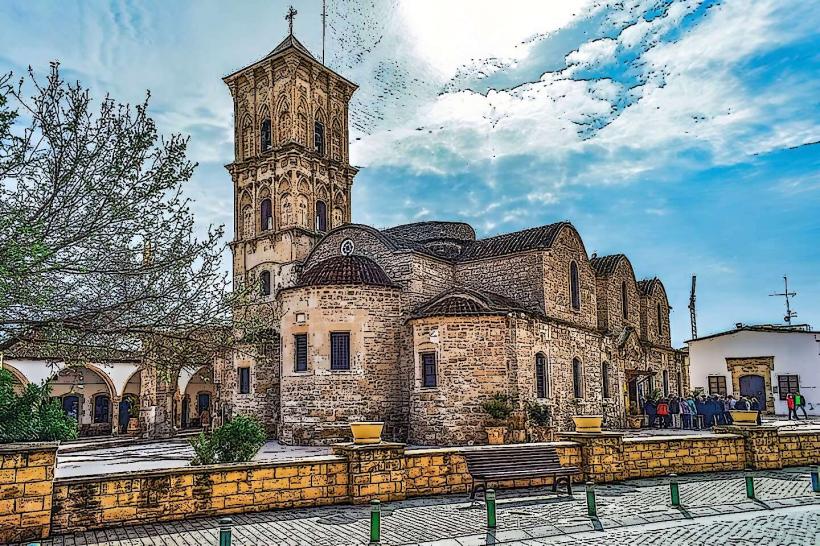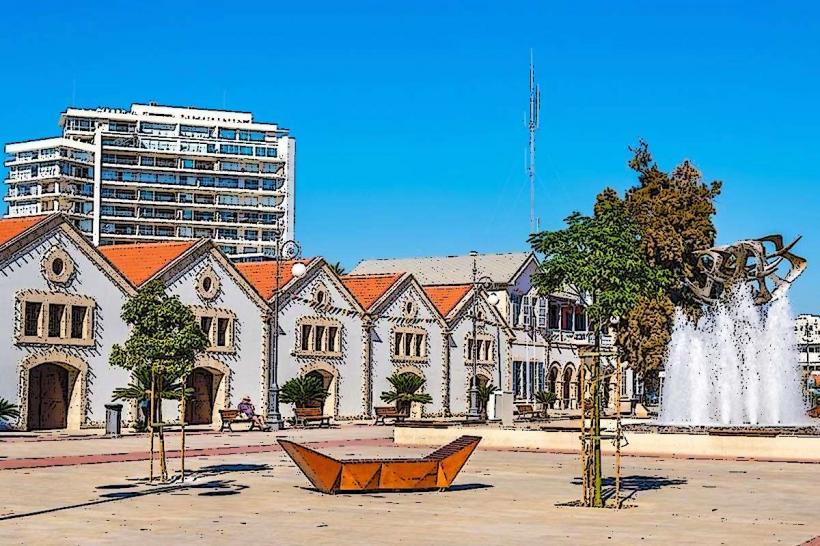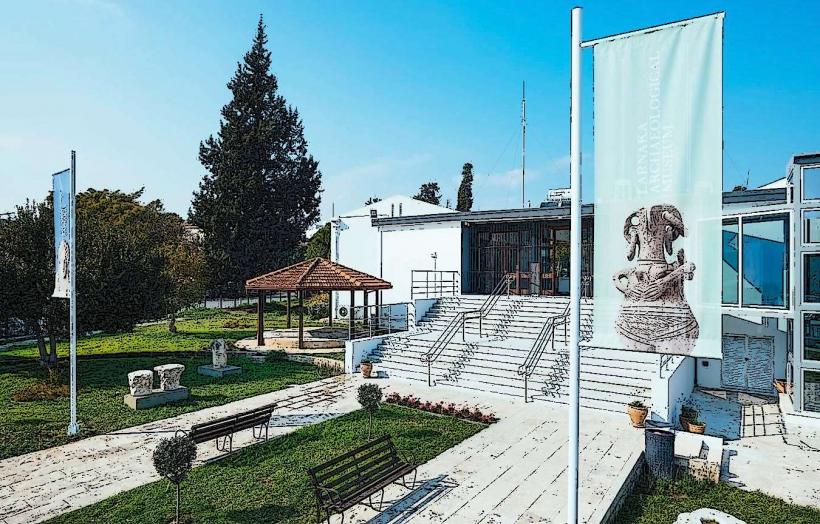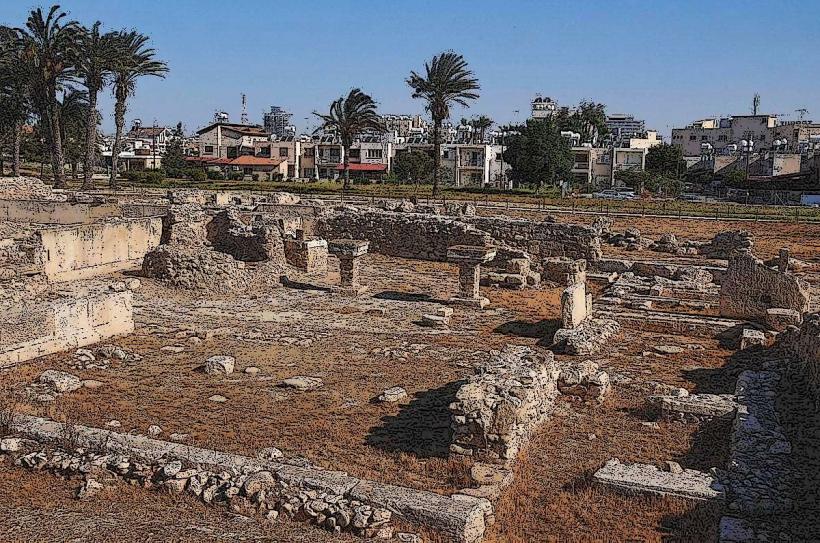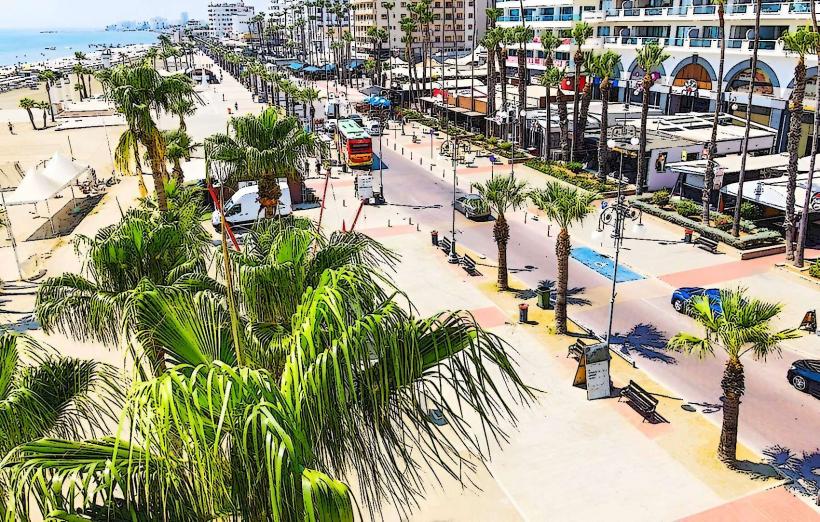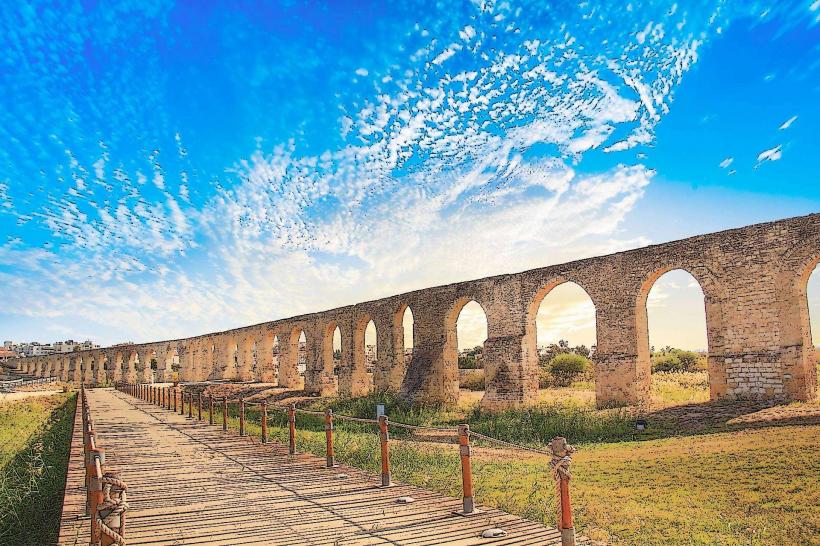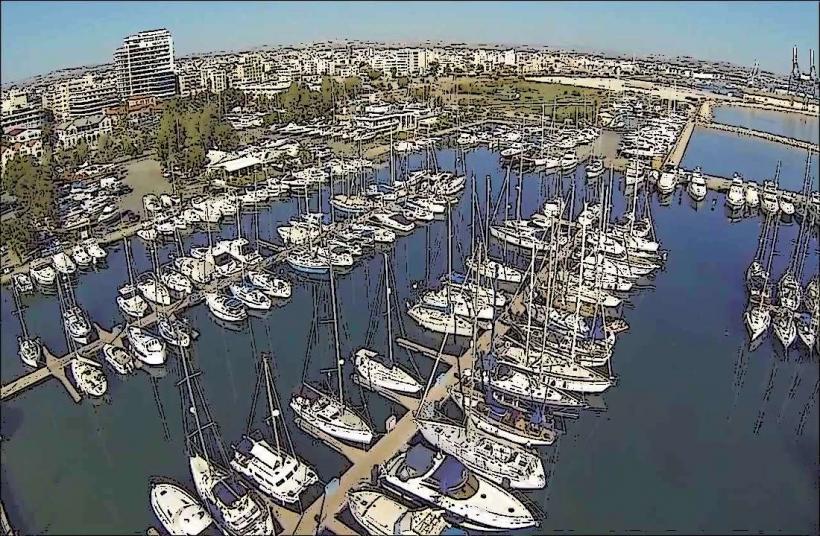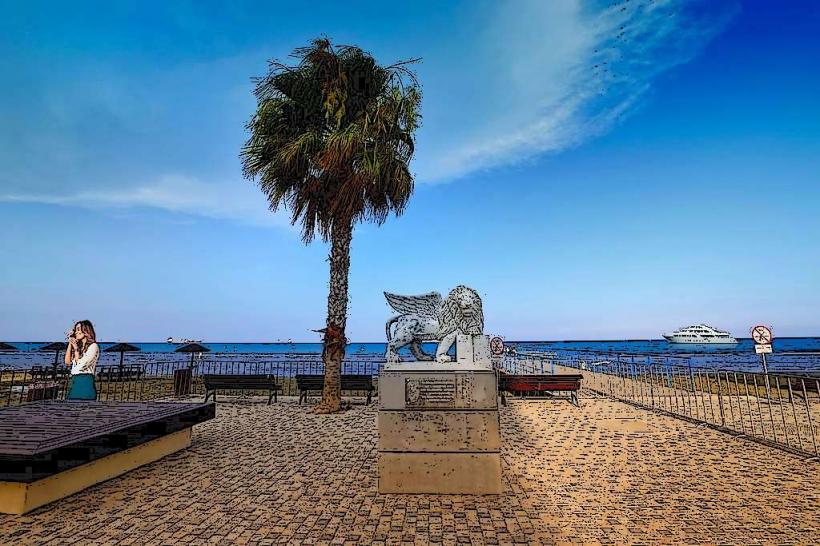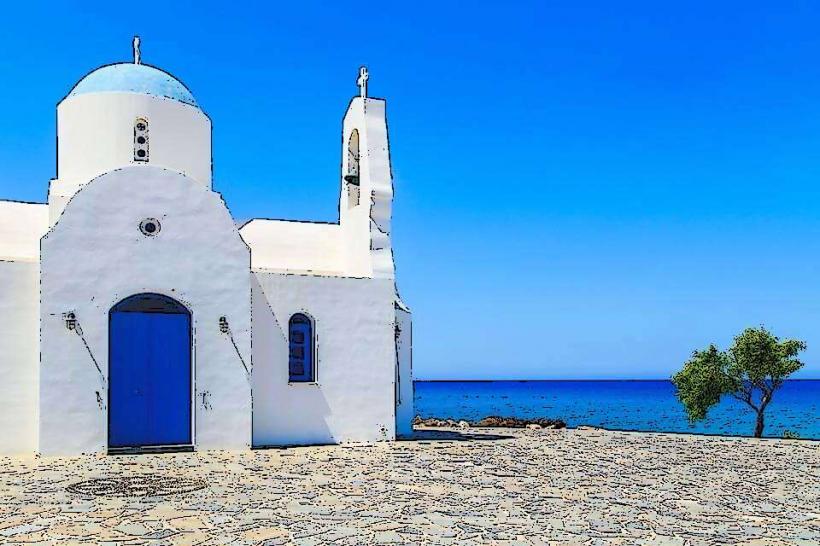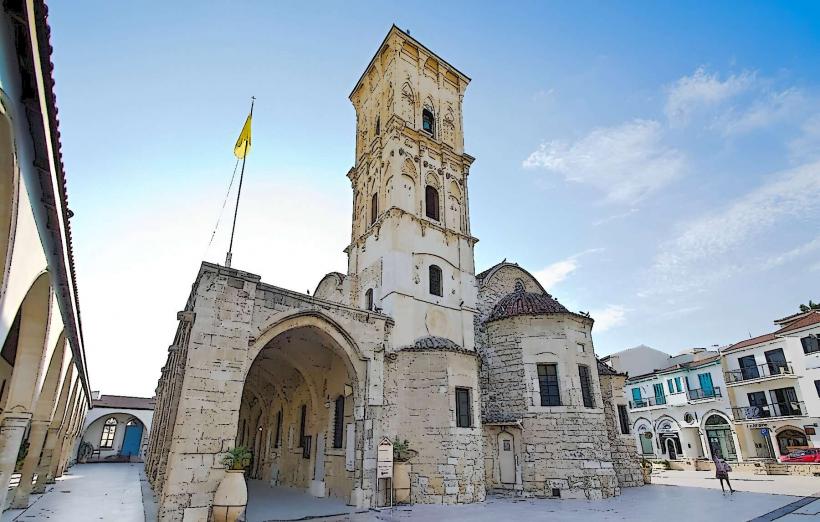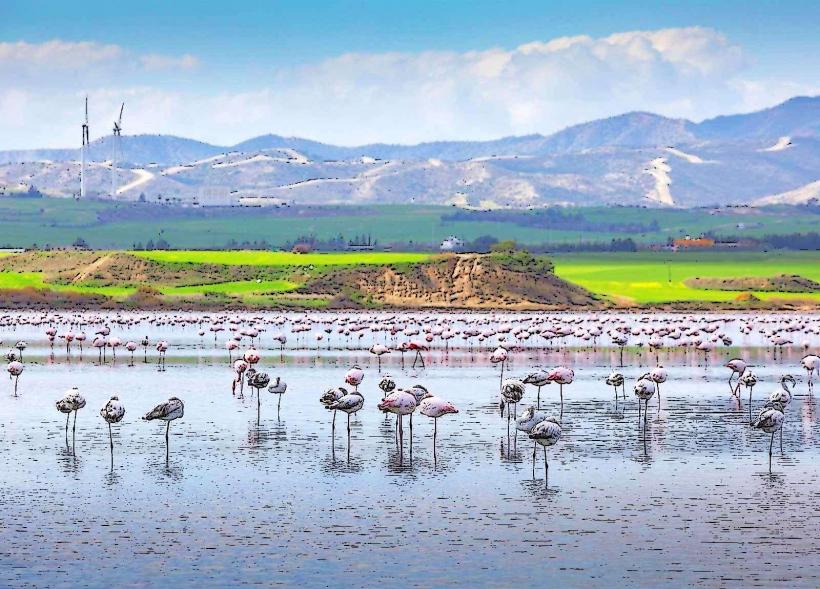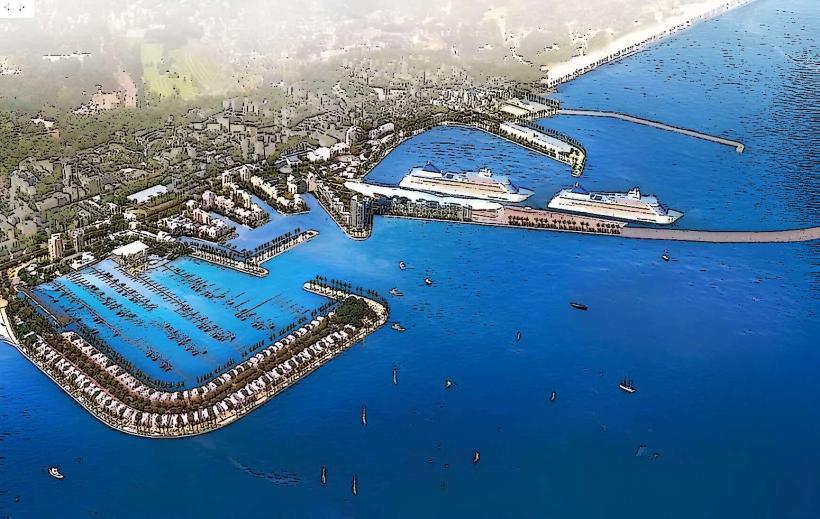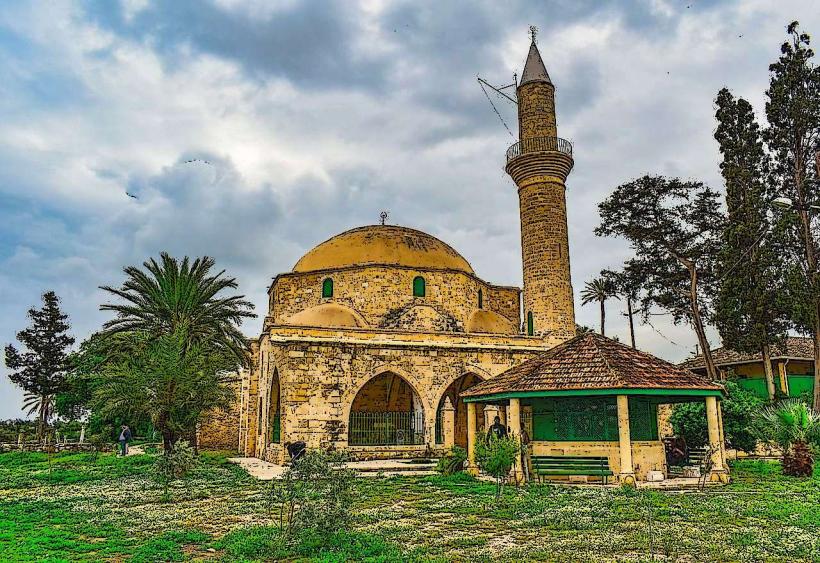Information
Landmark: ChoirokoitiaCity: Larnaca
Country: Cyprus
Continent: Europe
Choirokoitia is an important archaeological site located in southern Cyprus, near the town of Larnaca, and is considered one of the best-preserved examples of prehistoric settlements on the island. It is a UNESCO World Heritage site and offers a fascinating glimpse into the Neolithic period of Cypriot history, around 7,000 years ago. The site is notable for its early human habitation and provides key insights into the lives of people living on the island during this ancient era.
1. Historical and Archaeological Significance:
- Neolithic Settlement: Choirokoitia is the site of a well-preserved Neolithic village, dating back to the Chalcolithic or Copper Age (approximately 2300-1700 BCE). The settlement is one of the earliest known agricultural villages in Cyprus, providing critical evidence of the shift from a hunter-gatherer lifestyle to one based on farming, animal domestication, and permanent habitation.
- Early Architecture: The settlement is characterized by the remains of circular stone houses and a unique architectural style. The walls of these homes were built with large stones, and the roofs were likely made of wood and reeds. The houses are arranged in a semi-circular layout, and some of the dwellings feature storage areas and hearths for cooking and warmth.
- Advanced Social Structure: The organization of the settlement and the presence of communal spaces suggest an early form of social organization. The people living at Choirokoitia likely engaged in agriculture, cultivating cereals and legumes, and raising domesticated animals such as goats, sheep, and cattle.
- Tools and Artifacts: Numerous tools and pottery fragments have been discovered at the site, shedding light on the daily life and technological capabilities of the inhabitants. The pottery is typically simple and functional, although some items feature decorative designs. The site also contains stone tools, sickle blades, and millstones, indicating the community's involvement in farming and food production.
2. Excavations and Discoveries:
- Excavations at Choirokoitia began in the early 20th century, with significant work carried out by archaeologists such as Porphyrios Dikaios. Excavations have revealed several layers of habitation, showing the evolution of the settlement over time.
- The archaeological remains are exceptionally well-preserved, with much of the village layout and structures still visible. The most notable discovery is the well-preserved round stone houses, which offer a unique insight into how early Neolithic people built their homes using natural materials available to them.
- Burial Sites: Archaeologists have also uncovered burial sites at Choirokoitia, where the dead were buried in small tombs or graves near the settlement. These burials provide further insight into the cultural practices and beliefs of the inhabitants. The skeletal remains found suggest that the people lived relatively long lives, and their graves sometimes contained personal items such as pottery and tools.
3. Architecture and Layout:
- The village of Choirokoitia is laid out in a semi-circular pattern, with houses grouped together around a central area. This layout is thought to reflect an early form of community living, where people lived close to one another, likely for social and economic reasons.
- The circular houses are made of limestone and mud bricks. Each house had a central hearth, used for cooking and heating, and stone-built storage areas. The roofs of the houses were likely conical, constructed from wooden beams and thatch. The settlement's layout and architecture show an early attempt to create a communal and organized living space.
- A protective wall was constructed around the settlement at some point, which is thought to have been for defense against external threats. Although the wall no longer exists in its entirety, traces of it can still be seen today.
4. UNESCO World Heritage Status:
- Choirokoitia was added to the UNESCO World Heritage List in 1998, in recognition of its outstanding universal value. The site provides an exceptional example of an ancient settlement that provides a window into the prehistoric life of Cyprus and the Mediterranean region.
- UNESCO recognized Choirokoitia as an outstanding example of a Neolithic settlement, where early agricultural and social practices took shape. The preservation of its structures and the discovery of a range of artifacts have made it one of the most significant archaeological sites in Cyprus and the Eastern Mediterranean.
5. Visitor Experience:
- Museum and Site Visit: The Choirokoitia archaeological site is open to visitors, and there is a small museum at the entrance where exhibits explain the site's history, the significance of the finds, and the lifestyle of its ancient inhabitants. The museum also houses various artifacts found during the excavations, such as pottery, tools, and jewelry, which offer further context for the site’s history.
- Walking Tours: Visitors can take guided walking tours around the site to explore the remains of the Neolithic houses, the burial areas, and other significant structures. The site offers a peaceful and scenic environment, with beautiful views of the surrounding countryside, adding to the overall experience.
- Educational Programs: For those interested in learning more about Cyprus's prehistoric period, educational programs are available that explain the significance of the site, its role in the broader context of ancient civilizations, and the advancements of the Neolithic people.
6. Access and Location:
- Choirokoitia is located about 30 kilometers (18 miles) southwest of Larnaca, along the Larnaca to Limassol road. It is easily accessible by car, and there are signs guiding visitors to the site.
- The site is open to the public year-round, though it is recommended to visit during the cooler months (spring and autumn) for a more comfortable experience, as the area can get hot during the summer months.
7. Best Time to Visit:
- The best time to visit Choirokoitia is during the spring and autumn months when the temperatures are milder, making it ideal for exploring the site on foot. The site is less crowded during these times, providing a more peaceful visit.
- Summer can be quite hot in the area, so early morning visits are recommended, especially if you plan to spend a lot of time walking around the site.
8. Environmental and Preservation Efforts:
- Ongoing efforts are being made to preserve the site and ensure its protection from natural wear and environmental factors. The Cyprus Department of Antiquities and other conservation organizations continue to monitor the site and carry out preservation work as needed to maintain its integrity for future generations.
Conclusion:
Choirokoitia is one of the most important and well-preserved prehistoric sites in Cyprus. Its significance as an early Neolithic settlement offers unique insights into the transition from a nomadic lifestyle to settled agricultural communities. Visitors to the site can experience firsthand the remarkable achievements of the island's ancient inhabitants and learn about their lives through the fascinating remains of the village. As a UNESCO World Heritage site, Choirokoitia is an essential stop for those interested in Cyprus’s rich history, archaeology, and ancient civilizations.

